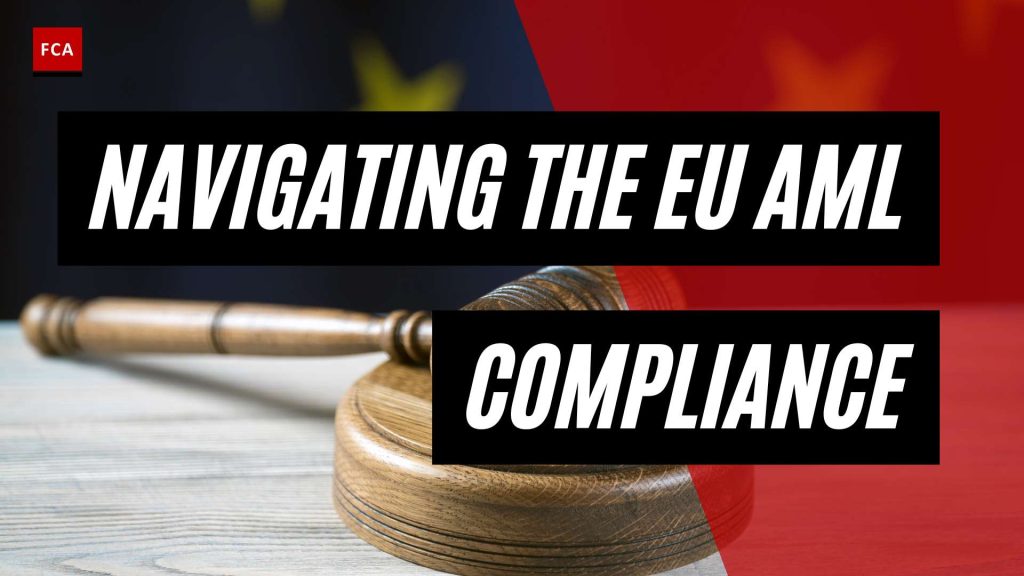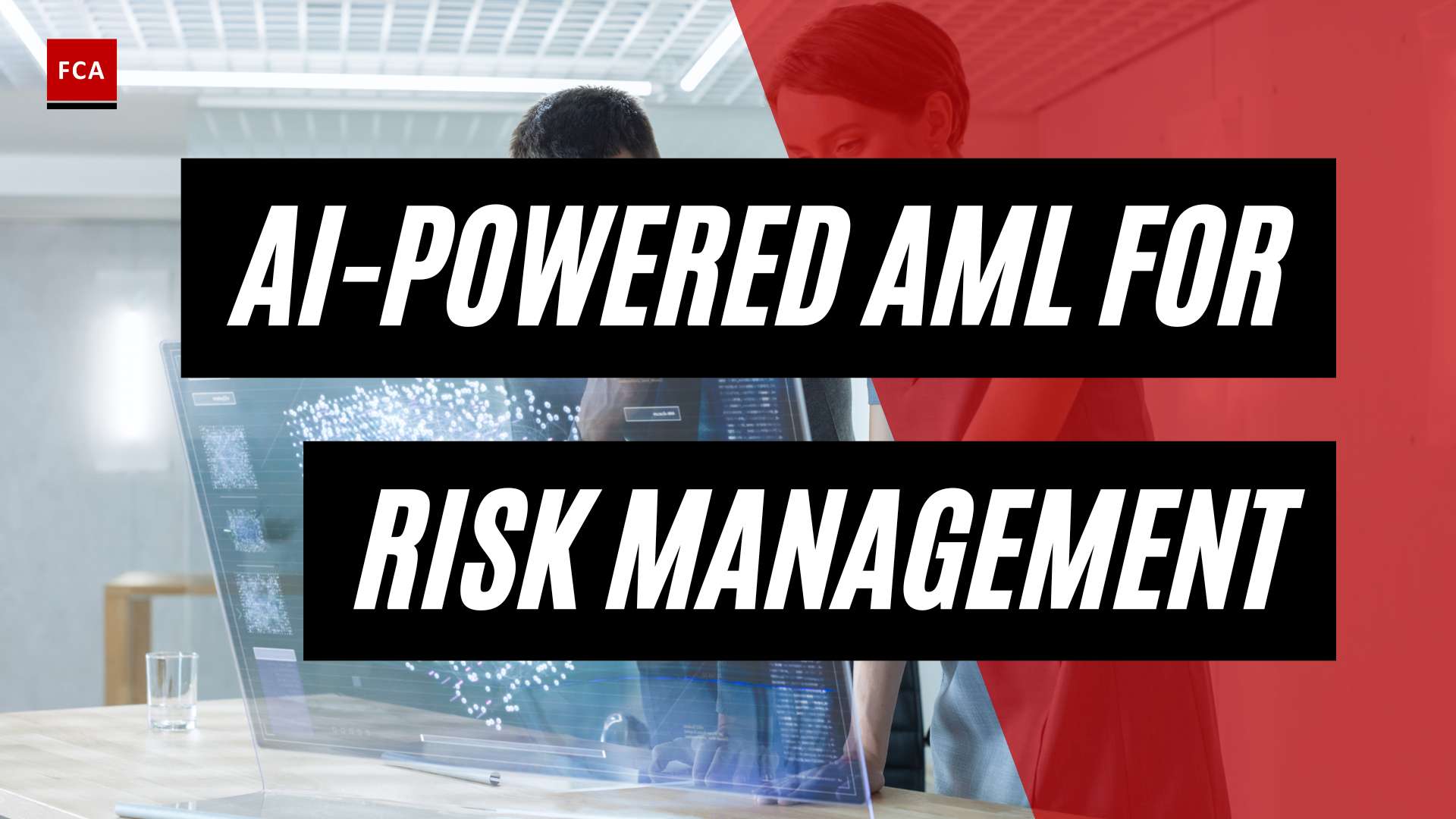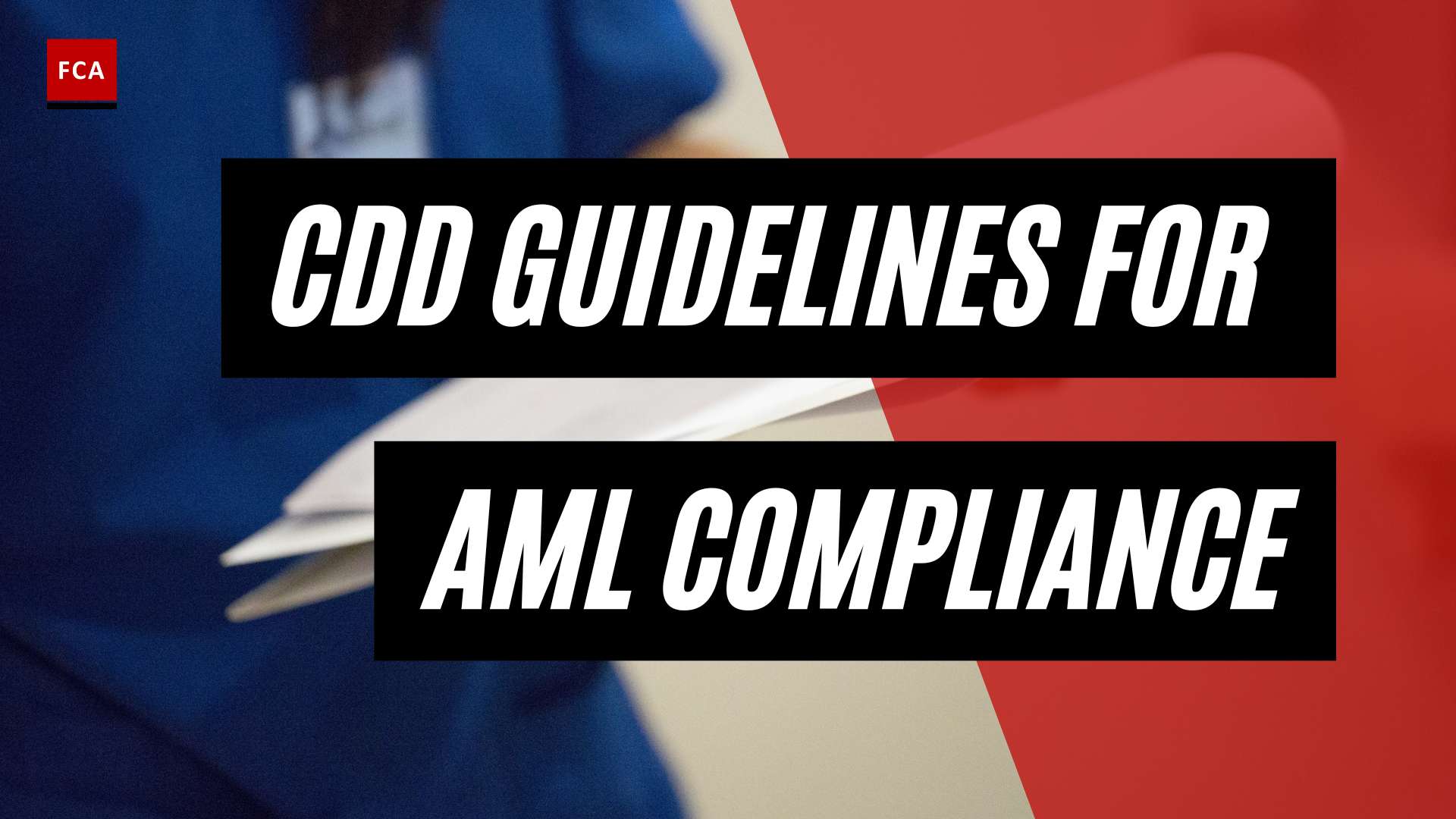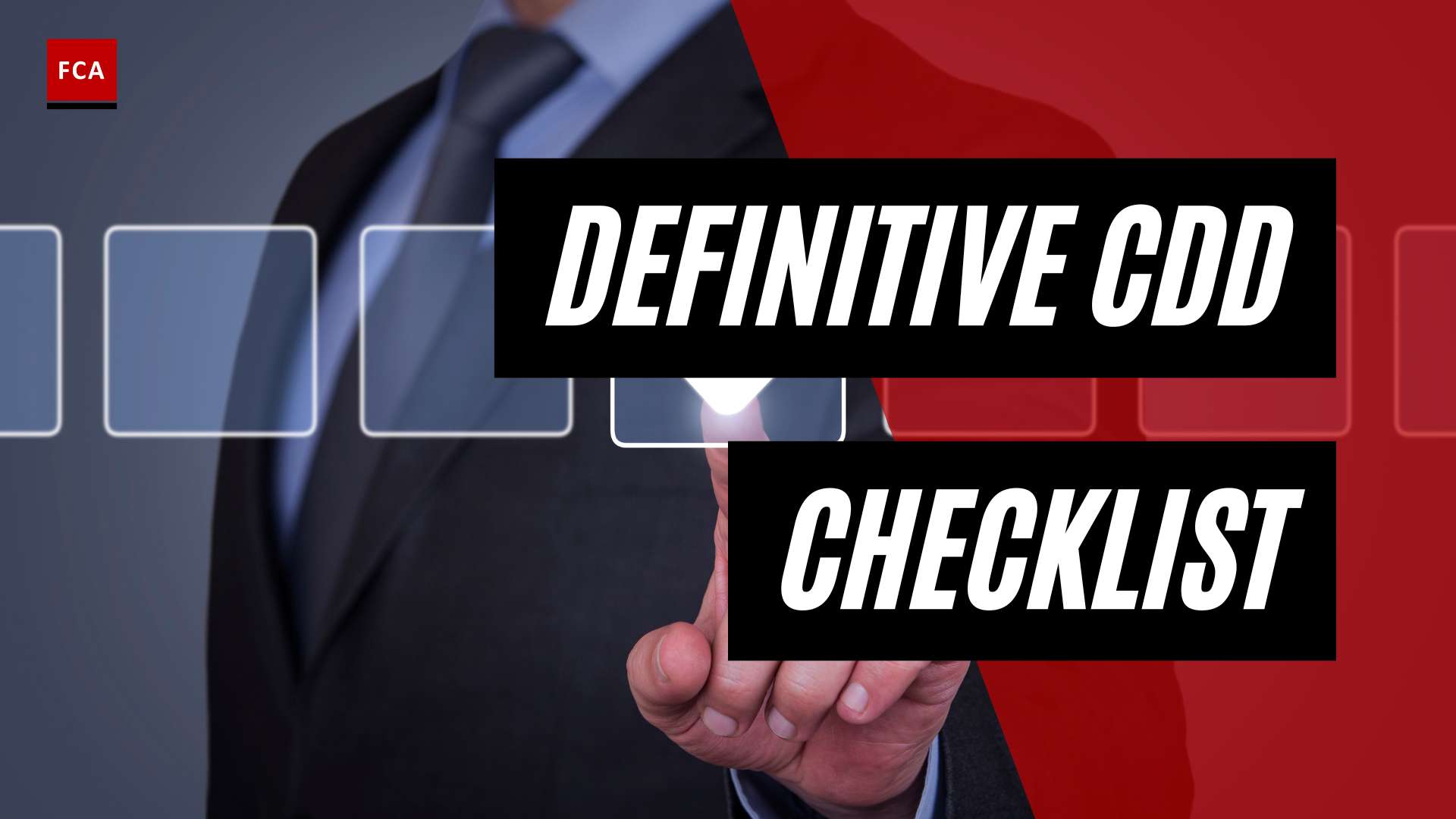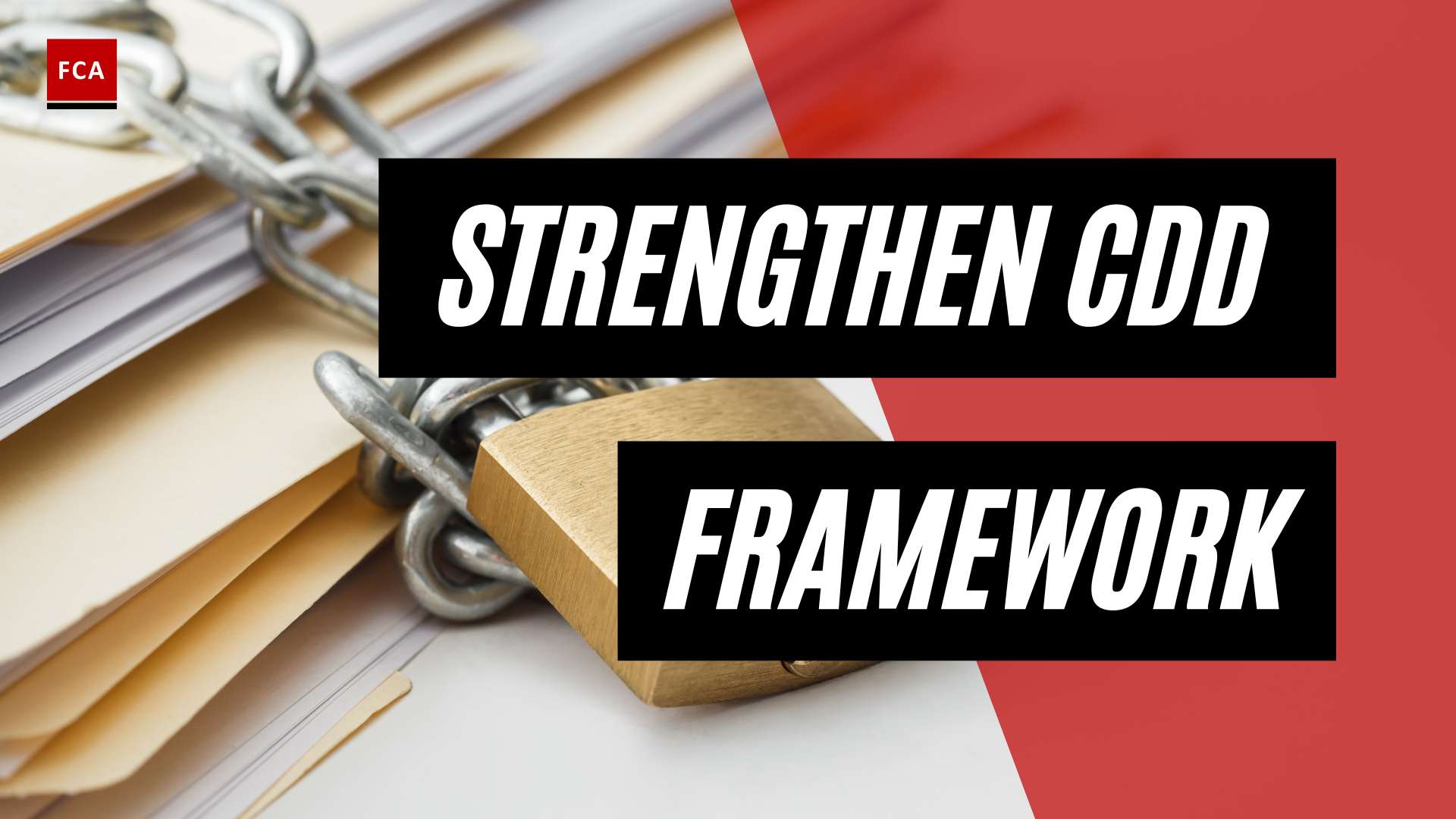Understanding EU AML Directives
In the fight against money laundering and terrorist financing, the European Union (EU) has implemented a series of directives to establish a robust AML compliance framework. These directives outline the obligations and responsibilities of regulated entities in preventing and detecting financial crime. Let’s delve into the introduction and evolution of EU AML policies.
Introduction to EU AML Policies
EU AML policies are designed to safeguard the integrity of the financial system and protect against illicit activities such as money laundering and terrorist financing. The EU Anti-Money Laundering Directives (AMLDs) serve as the foundation for the AML framework within the EU. The directives require financial and non-financial entities to report any suspicious transactions to Financial Intelligence Units (European Commission).
The main objective of EU AML policies is to enhance transparency, strengthen due diligence measures, and foster international cooperation to combat financial crime. By establishing standardized regulations, the EU aims to create a united front against money laundering and terrorist financing.
Evolution of AML Directives in the EU
The EU AML directives have evolved over time to adapt to emerging threats and align with international standards. Key milestones in the evolution of these directives include:
-
The 6th EU Anti-Money Laundering Directive: Effective from 3 December 2020, this directive introduces significant enhancements to the AML framework in the European Union. It harmonizes the definition of predicate offences against money laundering, expands criminal liability to include legal entities, increases minimum sentences for money laundering crimes, broadens the regulatory scope, and addresses the issue of dual criminality (London Stock Exchange Group).
-
Recent Developments: The EU has undertaken several measures to further strengthen its AML framework. These include the Action Plan for a Comprehensive Union Policy, the New Anti-Money Laundering Package, the Directive on Combating Money Laundering by Criminal Law, and the efforts of Europol in combating money laundering (European Parliament). These developments highlight the EU’s commitment to continuously adapting and improving its AML policies to counter evolving financial crime threats.
By implementing these directives and regulations, the EU aims to ensure compliance with international standards, protect its financial system, and contribute to security and growth. Regulated entities must stay up to date with these regulations and adapt their AML compliance programs accordingly to meet the requirements of the EU AML directives.
In the next sections, we will explore the key features of the 6th EU AML Directive, the role of EU AML directives in preventing financial crime, recent developments in the EU AML framework, and strategies for ensuring compliance with EU AML policies.
Key Features of the 6th EU AML Directive
The 6th EU Anti-Money Laundering (AML) Directive, which came into effect on December 3, 2020, and is enforceable by regulated entities from June 3, 2021, introduces several key features that enhance the AML policies within the European Union. Let’s explore these features in detail:
Enhanced Predicate Offences against Money Laundering
The 6th AML Directive harmonizes the definition of predicate offences against money laundering across all Member States. It expands the list of predicate offences to include cybercrime and environmental crime, among others, bringing the total number of predicate offences to 22. This harmonization ensures consistent and comprehensive coverage of criminal activities that could potentially lead to money laundering.
Criminal Liability for Legal Entities
One significant aspect of the 6th AML Directive is the extension of criminal liability to legal entities, such as companies or partnerships. This means that companies can now be held criminally liable for money laundering crimes committed by their employees. This provision aims to increase accountability within organizations and deter illicit financial activities. The inclusion of legal entities in the scope of criminal liability leads to more severe punishments for money laundering crimes (London Stock Exchange Group).
Increased Minimum Sentences for Money Laundering Crimes
The 6th AML Directive raises the minimum sentence for money laundering crimes to a minimum of four years of imprisonment. This stricter sentencing emphasizes the severity of money laundering offenses and serves as a deterrent against engaging in such illicit financial activities. The increased minimum sentences aim to align the penalties across the European Union and ensure a consistent and robust approach to combating money laundering (London Stock Exchange Group).
Broader Regulatory Scope and Definition of Criminal Acts
In an effort to combat money laundering more effectively, the 6th AML Directive broadens the regulatory scope by considering initiators, facilitators, and inciters of crimes as accomplices. This expansion of the definition of criminal acts includes “aiding and abetting” and self-laundering. By encompassing these additional roles and actions, the directive takes a more comprehensive approach to combating money laundering within the European Union. It ensures that all individuals involved in the money laundering process, even if indirectly, can be held accountable.
Addressing Dual Criminality
To promote cooperation among EU Member States in the fight against money laundering, the 6th AML Directive addresses the issue of dual criminality. It mandates that certain predicate offences be criminalized by Member States, regardless of whether they are illegal in that specific jurisdiction or not. This provision ensures that the absence of a specific offence in one jurisdiction does not hinder international efforts to combat money laundering. By removing the requirement of dual criminality, the directive strengthens cooperation and enables more effective cross-border measures against money laundering (London Stock Exchange Group).
The key features of the 6th EU AML Directive demonstrate the European Union’s commitment to combating money laundering and strengthening AML policies. By enhancing predicate offences, introducing criminal liability for legal entities, increasing minimum sentences, broadening the regulatory scope, and addressing dual criminality, the directive aims to create a more robust and comprehensive framework to prevent and detect money laundering activities within the European Union.
The Role of EU Anti-Money Laundering Directives
In the fight against money laundering and terrorist financing, the European Union (EU) has implemented a comprehensive framework of anti-money laundering (AML) directives that play a critical role in protecting the integrity of the financial system. These directives aim to prevent the misuse of the financial system for illicit activities and ensure compliance with international standards.
Preventing Misuse of the Financial System
One of the primary objectives of EU AML directives is to prevent the misuse of the financial system for money laundering and terrorist financing activities. These directives require financial institutions and other obligated entities to implement robust AML measures to identify, assess, and mitigate the risks associated with illicit financial flows.
By implementing adequate controls and procedures, such as customer due diligence, transaction monitoring, and reporting suspicious transactions, financial institutions can contribute to the prevention and detection of money laundering activities. The goal is to create a financial system that is transparent, accountable, and resilient to illicit financial activities.
Customer Due Diligence Requirements
EU AML directives impose customer due diligence (CDD) requirements on financial institutions and other obligated entities. CDD involves the identification and verification of the identity of clients, as well as the ongoing monitoring of their transactions. This process helps to establish the true identity of customers, assess their potential risk, and detect any suspicious activities.
Financial institutions must conduct thorough customer due diligence when establishing business relationships or carrying out occasional transactions above certain monetary thresholds. The level of due diligence may vary depending on the risk profile of the customer and the nature of the business relationship. By implementing robust CDD measures, financial institutions can mitigate the risk of being involved in money laundering or terrorist financing activities.
Reporting Suspicious Transactions
EU AML directives require financial institutions and other obligated entities to have mechanisms in place for reporting suspicious transactions to the relevant authorities. This obligation aims to facilitate the early detection and investigation of suspicious activities related to money laundering or terrorist financing.
When financial institutions identify transactions that they suspect may be linked to money laundering or terrorist financing, they are required to promptly report such suspicions to the designated authorities, such as financial intelligence units. This reporting mechanism helps law enforcement agencies to investigate and disrupt illicit financial activities, contributing to the overall fight against money laundering and terrorist financing.
By adhering to the EU AML directives and fulfilling their obligations in preventing the misuse of the financial system, financial institutions and other obligated entities play a crucial role in safeguarding the integrity of the European Union’s financial system and maintaining stability and trust among stakeholders.
To ensure compliance with EU AML policies, businesses can leverage technology to streamline their AML processes, secure collection of identity information, automate decision-making and case management, and conduct global identity verification for enhanced transparency and compliance. These measures contribute to a robust AML framework that is effective in combating money laundering and terrorist financing activities.
Recent Developments in EU AML Framework
The European Union (EU) has been actively working to strengthen its anti-money laundering (AML) framework and combat financial crime. In this section, we will explore some of the recent developments in the EU AML policies.
Action Plan for a Comprehensive Union Policy
In May 2020, the European Commission adopted an action plan for a comprehensive Union policy on preventing money laundering and terrorism financing. The goal of this plan is to increase the effectiveness of the EU regime in tackling money laundering and terrorist financing (European Commission).
The action plan focuses on several key areas, including:
- Enhancing the EU’s AML and counter-terrorist financing framework.
- Improving the coordination and cooperation between relevant authorities.
- Strengthening the enforcement of AML rules.
- Enhancing the EU’s global role in promoting effective AML standards.
This action plan demonstrates the EU’s commitment to address the evolving challenges of money laundering and terrorist financing within its member states.
New Anti-Money Laundering Package
In July 2021, the European Commission proposed a new Anti-Money Laundering package. This package aims to establish a single rulebook that is directly applicable to private entities, ensuring a harmonized approach to AML regulations across the EU. It also proposes the establishment of an Anti-Money Laundering Agency to coordinate and support the efforts of national authorities in combating money laundering and terrorist financing.
The new Anti-Money Laundering package seeks to close existing gaps in the EU’s AML framework and enhance the effectiveness of AML measures within the region. It reflects the EU’s commitment to combat financial crime and protect the integrity of its financial system.
Directive on Combating Money Laundering by Criminal Law
The Directive on combating money laundering by criminal law is another significant development in the EU’s AML framework. This directive contributes to law enforcement cooperation against money laundering by closing loopholes in the definition and sanctioning of money laundering across the EU. It translates into EU law the Council of Europe Convention on Laundering, Search, Seizure, and Confiscation of the Proceeds from Crime and on the Financing of Terrorism.
By implementing this directive, the EU aims to strengthen the legal framework for combating money laundering and improve cooperation between member states in the fight against financial crime.
Europol’s Efforts in Combating Money Laundering
Europol, the European Union Agency for Law Enforcement Cooperation, plays a crucial role in combating money laundering within the EU. In 2020, Europol established the European Financial and Economic Crime Centre (EFECC) to address sophisticated cases of money laundering, scams, and frauds. EFECC provides operational support to member states in various areas, including money laundering and asset recovery.
As part of its efforts, Europol introduced the Europol Financial Intelligence Public-Private Partnership (EFIPP). This partnership serves as a transnational public-private information sharing mechanism in the field of anti-money laundering and counter-terrorist financing. It facilitates cooperation between law enforcement agencies, financial institutions, and other relevant stakeholders to enhance the detection and prevention of financial crime (European Commission).
These recent developments in the EU AML framework demonstrate the commitment of the EU and its institutions to strengthen AML measures, improve cooperation among member states, and combat money laundering and terrorist financing effectively. By implementing these policies and initiatives, the EU aims to safeguard the integrity of its financial system and protect against illicit financial activities.
Ensuring Compliance with EU AML Policies
To effectively comply with the EU Anti-Money Laundering (AML) policies and regulations, businesses and organizations must adopt robust measures and leverage technology-enabled solutions. This section explores key strategies and practices for ensuring compliance with EU AML policies.
Leveraging Technology for Compliance
In the digital age, technology plays a pivotal role in facilitating AML compliance. Companies can leverage advanced technologies to streamline their AML processes and enhance their ability to detect and prevent money laundering activities. By utilizing artificial intelligence (AI), machine learning (ML), and data analytics, businesses can analyze vast amounts of data, identify suspicious patterns, and promptly respond to potential risks.
Secure Collection of Identity Information
Collecting accurate and reliable identity information is crucial for complying with EU AML policies. The secure collection of identity documents and personal data helps verify the identity of individuals and mitigate the risk of fraudulent activities. Businesses can utilize secure online identity verification solutions that comply with EU data protection laws and regulations. These solutions employ encryption and other security measures to ensure the confidentiality and integrity of sensitive information.
Automated Decision-Making and Case Management
Automating decision-making processes and case management is essential for efficient and effective AML compliance. By implementing automated systems, businesses can streamline their operations and enhance their ability to identify and report suspicious transactions. Automated decision-making tools can adjust friction levels based on real-time risk signals, enabling businesses to prevent money laundering and terrorist financing activities more effectively.
To ensure compliance with EU AML policies, companies should adopt configurable case management hubs. These hubs enable efficient investigation and resolution of AML cases, ensuring compliance with regulatory requirements. By automating follow-ups and workflows, businesses can expedite the resolution process and maintain accurate records of their AML efforts.
Global Identity Verification for Transparency
EU AML policies necessitate the verification of identities and documents across various countries and regions to ensure transparency and prevent illicit financial activities. To comply with these requirements, businesses can leverage global identity verification solutions. These solutions utilize comprehensive databases and advanced algorithms to verify identities and confirm the authenticity of documents from over 200 countries and regions. Implementing such solutions helps businesses meet their compliance obligations and enhance the effectiveness of their AML programs.
Seamless Onboarding and KYC/AML Programs
Seamless onboarding processes and comprehensive Know Your Customer (KYC) and AML programs are vital components of EU AML compliance. By implementing streamlined onboarding procedures, businesses can verify the identities of their customers efficiently, ensuring compliance with EU AML regulations. Integrating KYC and AML programs into their operations enables businesses to conduct thorough due diligence, monitor customer transactions, and promptly identify any suspicious activities. These programs help mitigate the risk of money laundering and ensure compliance with EU AML policies.
By embracing technology, collecting identity information securely, automating decision-making and case management, implementing global identity verification solutions, and adopting seamless onboarding and KYC/AML programs, businesses can navigate the complex landscape of EU AML compliance effectively. These measures not only help organizations meet their regulatory obligations but also contribute to the overall integrity and stability of the financial system.

